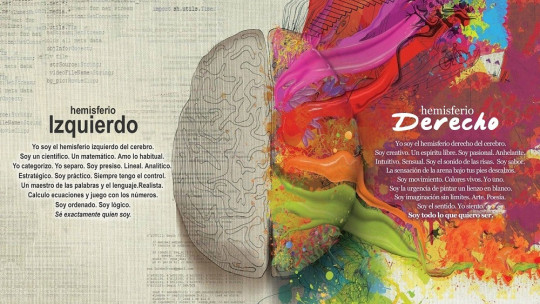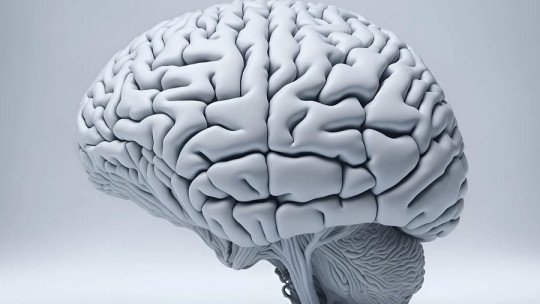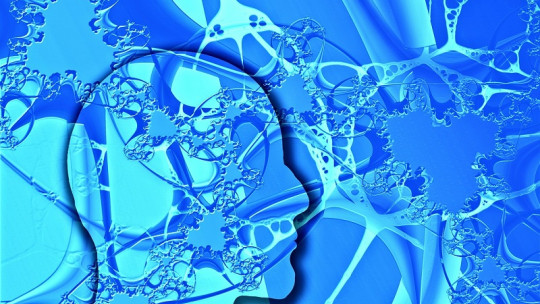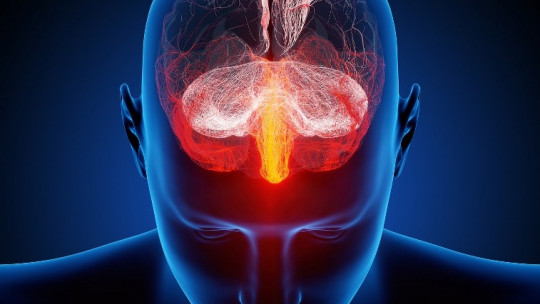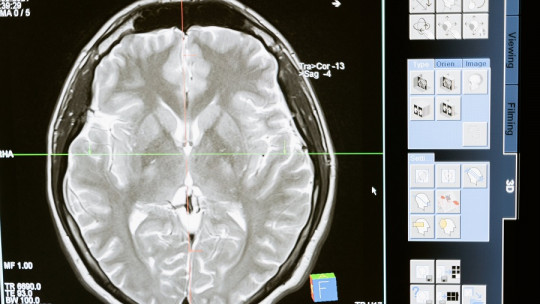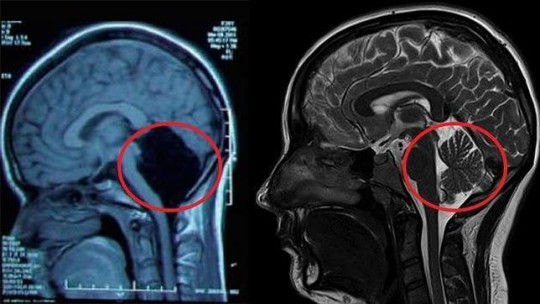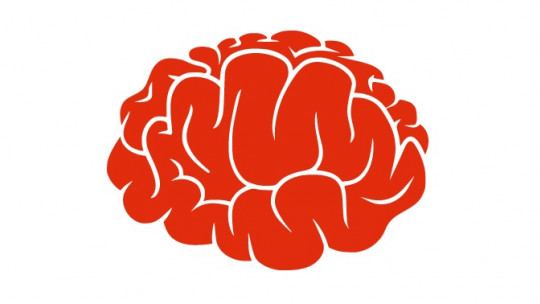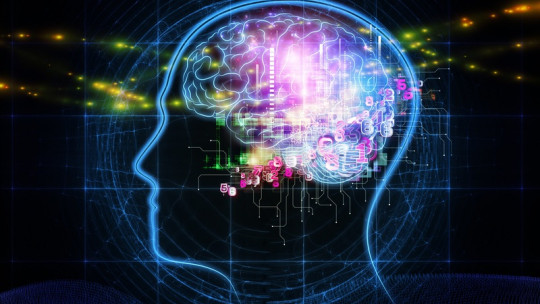
Normally, in this type of article it is advisable not to use the first paragraph to provide an answer to the question posed in the title. However, there are special cases, like this one, in which it is practically impossible to make an uncertainty that is based on the most absolute nothing last.
We only use 10% of the brain: one of the most popular scientific myths
No, It is not true that we only use 10% of the brain It is a myth, firstly, because it is based on a statement that is too ambiguous not to be one (what does it mean to “use the brain”? How is that remaining 90% distributed?) and, secondly, because although is disguised as scientific knowledge by considering it as a matter of percentages, it is not supported by empirical evidence (in fact, the origin of this idea is attributed to Albert Einstein one of the greatest scientific references who, despite his merits, was not specialized in the functioning of the brain).
However, despite the imprecision of this belief, it is possible to refute it on several fronts. Precisely because, in addition to being ambiguous, it is erroneous.
10% of the brain means little efficiency
First of all, we must highlight the fact that brain tissue that is not used is probably brain tissue that is dead. Our body functions in response to the strictest criteria of efficiency, and many parts of the body that are not being wasted tend to become be converted into something more useful
Neurons, specifically, are subject to a type of ordered and programmed cell death, the so-called apoptosis , which serves to improve the overall functioning of the brain. In this way, the materials with which these cells were made are reused and space is left for other connections. On an individual level, in addition, neurons need to receive electric shocks with a certain frequency to avoid dying.
A drag on evolution
Furthermore, a large and useless brain, like the one we might assume we would have if the myth of 10% of the brain were true, is a liability. from the evolutionary point of view No animal is interested in having an overdeveloped organ that does not use everything it should: more than a potential, it is a problem.
The human brain, specifically, tops the ranking of the organs that consume the most energy, and therefore it makes no sense to maintain a part that is useless. It would be of no use if that remaining 90% could be “unlocked” and used in the future: if it were not used by default, evolution would have filed it away over the millennia until it practically disappeared.
Turn on and off
Let’s imagine for a moment that this hidden part of the brain was not located in a fixed place, but that it was constantly changing, and that it could not be located in a specific place in the brain, but was distributed throughout the neural networks that live in us. Would the belief that we only use 10% of the brain make sense? Well no, neither.
Functionally, the fact that at certain times there are neurons “off” does not mean that they are not used. Like good nerve cells, part of the process by which neurons communicate with each other is based on the rate of firing of electricity. Therefore, since the information they work with is, at certain times, the firing frequency, it is necessary that there are moments in which there is not an electrical wave running through the neuron. In the same way, for the brain to be useful, it is necessary that there are areas of tissue that are more active than others: when we are listening to a piece of music it is not essential to have the language centers highly activated, and when we try to recognize someone’s face it is not essential. It is necessary to mentally rehearse the sequence of tai chi positions.
Having all areas of the brain intensely activated would be impractical and would also have disastrous health consequences and the maintenance of consciousness.
The unfathomable realm of the unconscious
The concept of consciousness It also provides a clue as to why it is not wrong to believe that we only use 10% of the brain. The brain is, basically, an organ that is dedicated to maintaining unconscious processes. Consciousness is dwarfed by the enormous number of unconscious tasks we perform every day: from directing most facial gestures, to maintaining balance, involuntarily remembering a past experience, or associating a word we have read with a piece of music. in a magazine.
The unconscious governs almost all our actions, and because it is discreet it does not cease to exist. It is possible that the myth of 10% of the brain is based on the desire to dominate all those processes that we cannot control and that, however, show incredible power and versatility. Unrealistic aspirations, of course, if we take into account that consciousness barely gives us the ability to mentally divide and multiply relatively short figures. The boundaries of consciousness may be reduced, but they do not constrict our potential.

